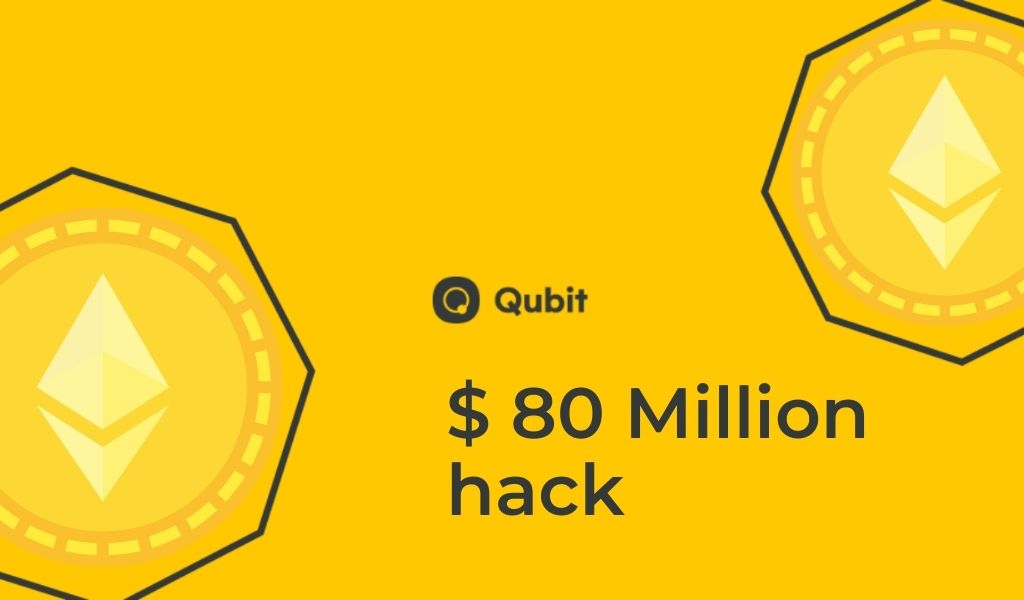Ethereum To Become The First Public Blockchain Under Hyperledger
If the open-source association’s technical steering committee approves Ethereum to implement the Pantheon project powered by ConsenSys, it would become the first-ever public blockchain on a Hyperledger network.
Pantheon is developed by PegaSys, a team of 50 skilled engineers from ConsenSys. It is an integration of Ethereum-based services and is used for creating enterprise applications regarding permissions and privacy.
The proposal was sent on August 8th in a Hyperledger mailing list email. If accepted, Pantheon is said to be renamed as Hyperledger Besu (a Japanese word for foundation or base).
This approval would enable Pantheon’s protocol to get under control of Hyperledger, along with other blockchain projects like Hyperledger Sawtooth (Intel) and Hyperledger Fabric (IBM).
Although, the Pantheon code would be launched on Hyperledger’s GitHub page and it’ll be open for developers already participating in the page to contribute. Pantheon will be the first public blockchain to be added under the Hyperledger umbrella.
Pantheon operates on Ethereum’s private networks, public networks and even test networks like Ropsten, Görli, and Rinkeby.
Hyperledger’s descent with Ethereum started with Burrow, and the associations has collaborated with Enterprise Ethereum Alliance to work on standards for the blockchain technology.
The proposal was issued following a release by R3, a blockchain competitor of Hyperledger enterprise, announcing that it was recruiting, opening a second engineering hub, and expanding its office in London.
Stay informed with daily updates from Blockchain Magazine on Google News. Click here to follow us and mark as favorite: [Blockchain Magazine on Google News].
Get Blockchain Insights In Inbox
Stay ahead of the curve with expert analysis and market updates.
latest from tech
Disclaimer: Any post shared by a third-party agency are sponsored and Blockchain Magazine has no views on any such posts. The views and opinions expressed in this post are those of the clients and do not necessarily reflect the official policy or position of Blockchain Magazine. The information provided in this post is for informational purposes only and should not be considered as financial, investment, or professional advice. Blockchain Magazine does not endorse or promote any specific products, services, or companies mentioned in this posts. Readers are encouraged to conduct their own research and consult with a qualified professional before making any financial decisions. The featured image used is just a creative depiction of the title and it does not intend to hurt sentiments of any person or institution. If it hurts anyone sentiments, please do not hesitate to reach out to Blockchain Magazine.

 Bitcoin
Bitcoin  Ethereum
Ethereum  XRP
XRP  Tether
Tether  Solana
Solana  Dogecoin
Dogecoin  USDC
USDC  Cardano
Cardano  Lido Staked Ether
Lido Staked Ether  TRON
TRON  Chainlink
Chainlink  Avalanche
Avalanche  Stellar
Stellar  Wrapped stETH
Wrapped stETH  Wrapped Bitcoin
Wrapped Bitcoin  Sui
Sui  Hedera
Hedera  Toncoin
Toncoin  Shiba Inu
Shiba Inu  WETH
WETH  Polkadot
Polkadot  Parkcoin
Parkcoin  Litecoin
Litecoin  LEO Token
LEO Token  Bitcoin Cash
Bitcoin Cash  Official Trump
Official Trump  Bitget Token
Bitget Token  Uniswap
Uniswap  Hyperliquid
Hyperliquid  Pepe
Pepe  Wrapped eETH
Wrapped eETH  USDS
USDS  NEAR Protocol
NEAR Protocol  Ethena USDe
Ethena USDe  Aave
Aave  Aptos
Aptos  Internet Computer
Internet Computer  Ondo
Ondo  Ethereum Classic
Ethereum Classic  Monero
Monero  POL (ex-MATIC)
POL (ex-MATIC)  Algorand
Algorand  Cronos
Cronos  OKB
OKB  MANTRA
MANTRA  Render
Render  Dai
Dai 




